Imagine a creature so small that you could miss it on a walk in the woods, yet so powerful that it can unleash a chemical blast hotter than boiling water. This is no myth or comic book fantasy. Welcome to the astonishing world of the bombardier beetle—a real-life insect that uses explosive, fiery “farts” to fend off predators. Its defense strategy is not only remarkable but also a spectacular demonstration of nature’s wild creativity, leaving even seasoned scientists in awe. Are you ready to discover how this little beetle turns chemistry into a weapon of survival?
The Bombardier Beetle: Nature’s Tiny Alchemist
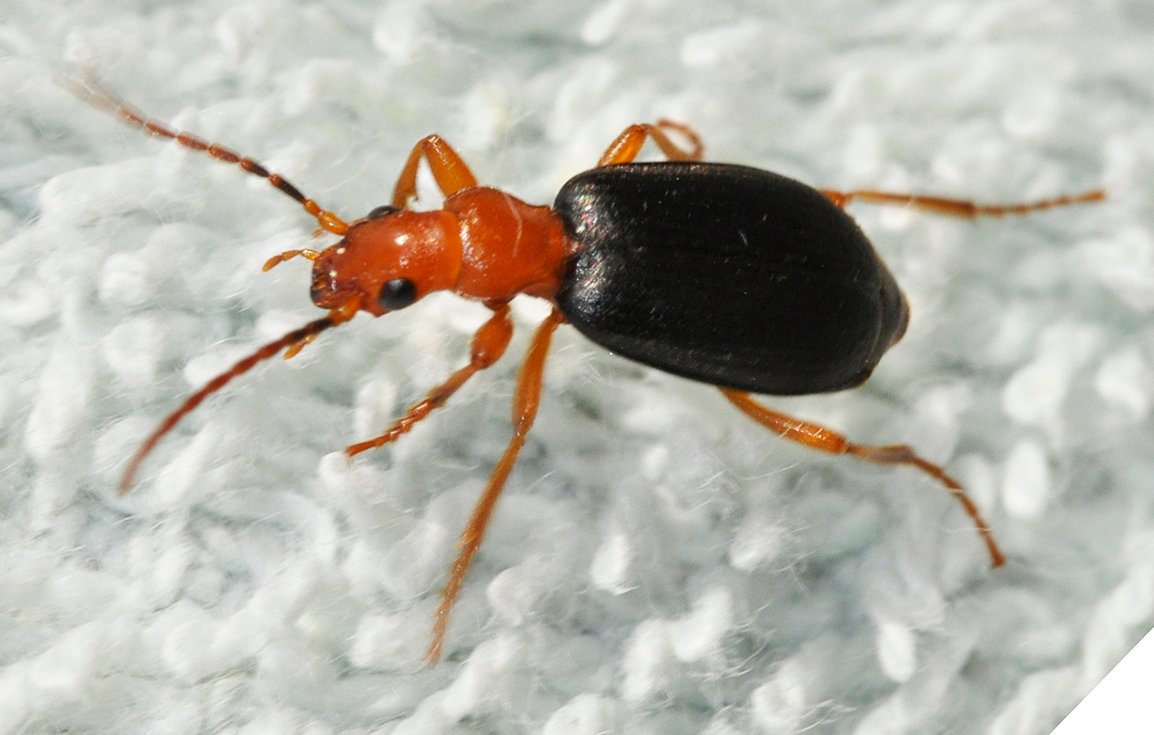
The bombardier beetle may look like any other small, unassuming insect, but it hides a mighty secret inside its abdomen. This beetle’s claim to fame is its ability to unleash a rapid, controlled chemical reaction that creates a loud popping noise and a burst of hot, noxious gas. It’s not just a simple spray; the beetle’s “fart” explodes at temperatures close to 100 degrees Celsius—hot enough to make any attacker think twice. This unique ability has fascinated scientists and nature enthusiasts for generations. Despite its size, the bombardier beetle is a master of chemical warfare, standing out among the countless other insects in the animal kingdom.
How the Explosive Fart Works: Chemistry in Action
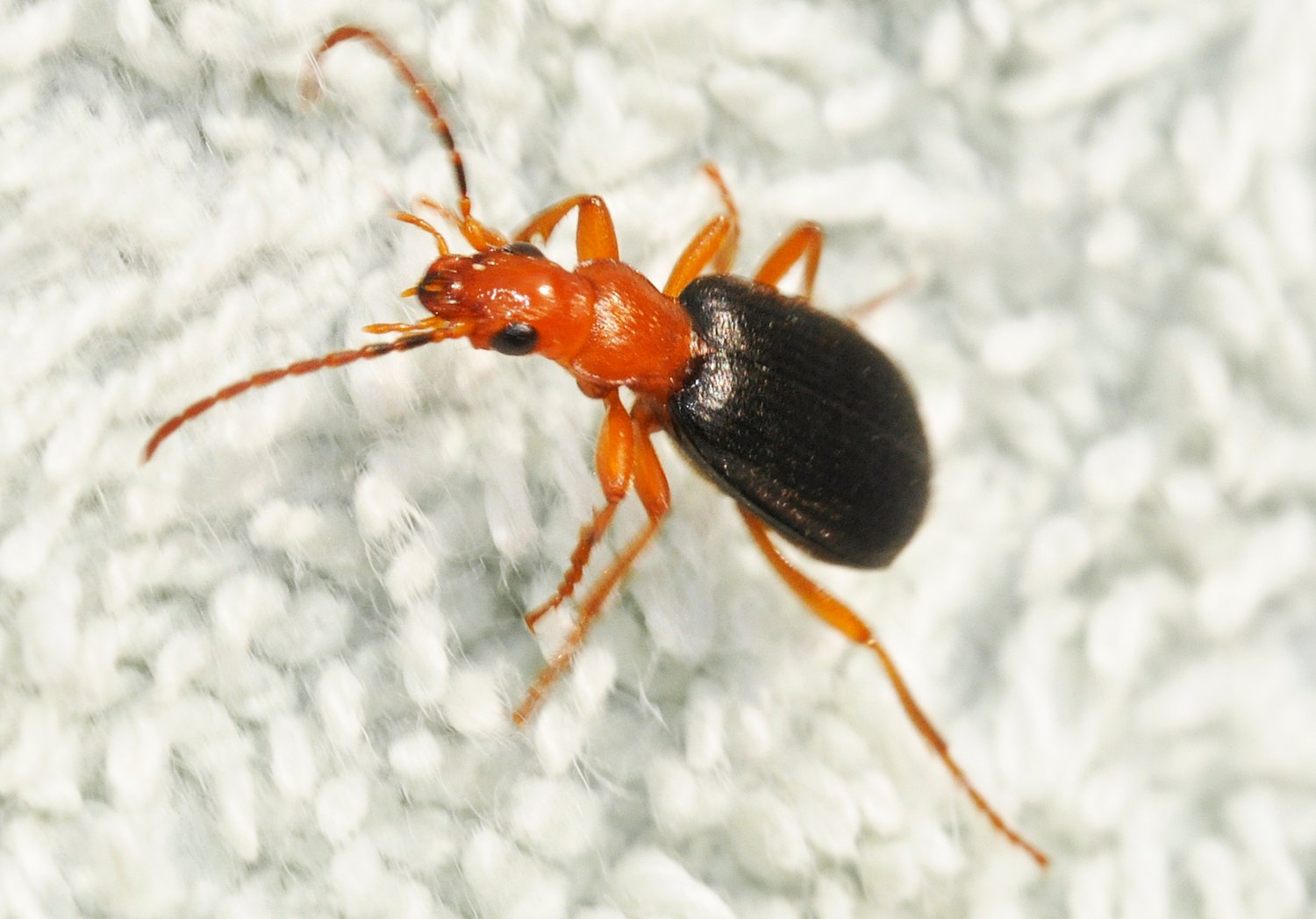
The secret to the bombardier beetle’s power lies in its specialized rear-end “chemical factory.” Inside its abdomen, the beetle stores two separate chemicals: hydrogen peroxide and hydroquinone. When danger strikes, it mixes these chemicals in a reinforced chamber, where enzymes trigger a rapid, violent reaction. The result is a boiling, caustic spray that is forcefully ejected from the tip of the beetle’s abdomen. Imagine a tiny science experiment that goes off with a bang every time the beetle feels threatened. This process happens in milliseconds, producing not only heat but also a sharp, popping sound—startling both predators and curious observers.
Perfect Aim: Precision in Defense
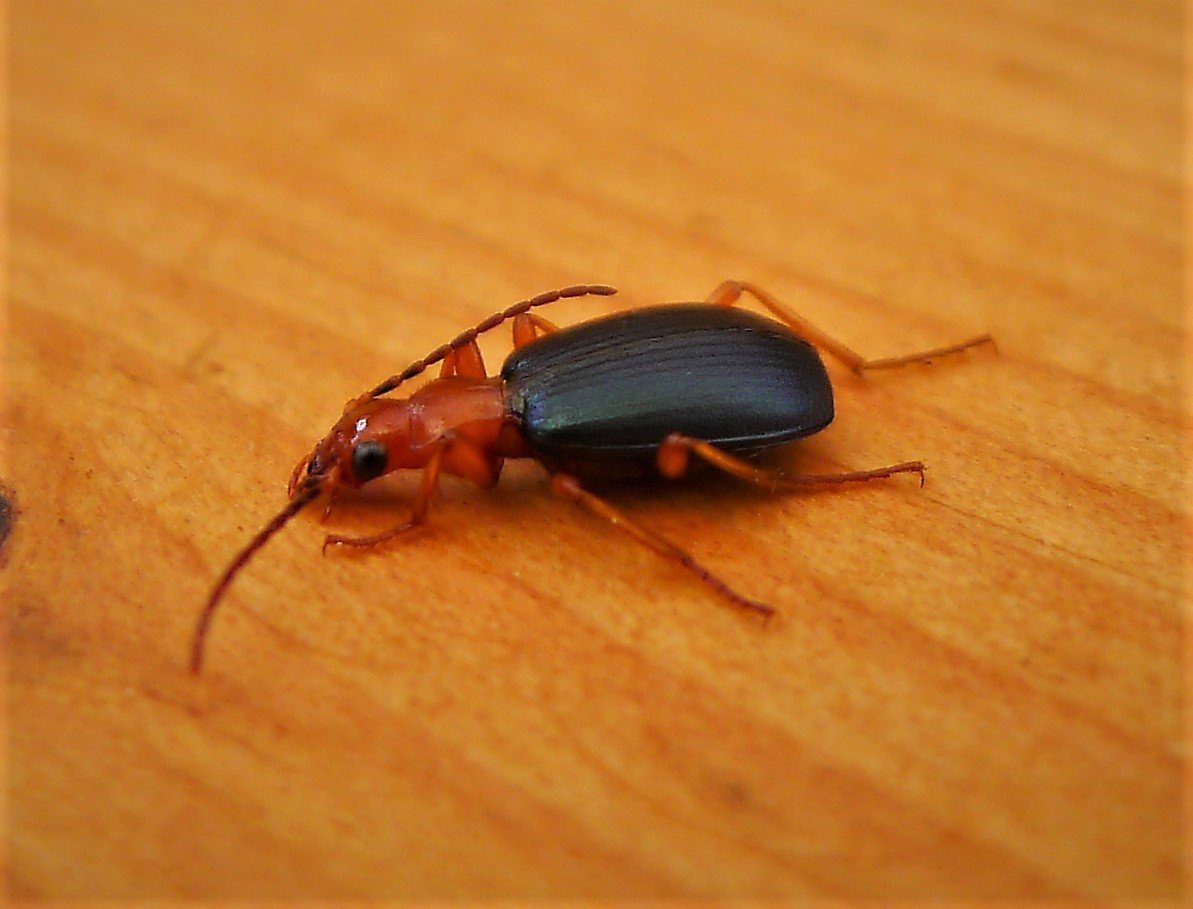
What makes the bombardier beetle’s defense even more impressive is its aim. The beetle can swivel its abdomen in nearly any direction, targeting the exact spot where an enemy threatens. This precise control means that whether attacked from the front, back, or side, the beetle has a ready answer. Some species have even evolved to fire multiple bursts in rapid succession, giving them a machine-gun-like ability to ward off persistent attackers. This level of accuracy is rare in the insect world and highlights the incredible evolutionary arms race between predator and prey.
Why Explosive Farting? Evolution’s Ingenious Solution
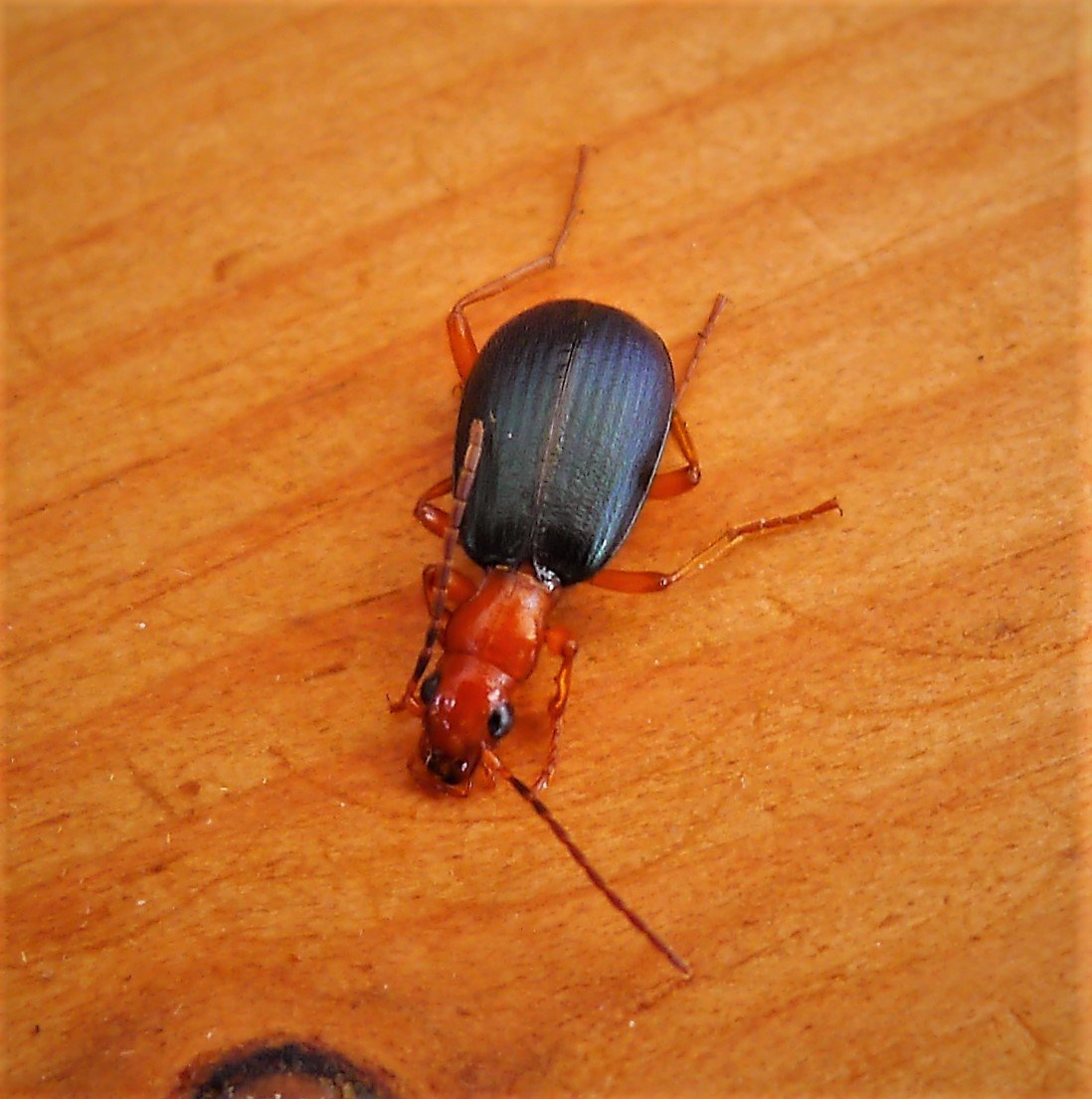
You might wonder why evolution landed on such a dramatic defense mechanism. The world is full of hungry predators—frogs, spiders, birds—ready to gobble up defenseless beetles. Over millions of years, those beetles that could deter attackers had a better chance of survival and passing on their genes. The explosive fart evolved as a last-resort escape tool, giving the beetle a fighting chance against animals much larger than itself. The hot, irritating spray is so unpleasant that even predators who survive the encounter often learn to avoid these beetles in the future.
The Science Behind the Sizzle: A Lesson in Chemical Engineering
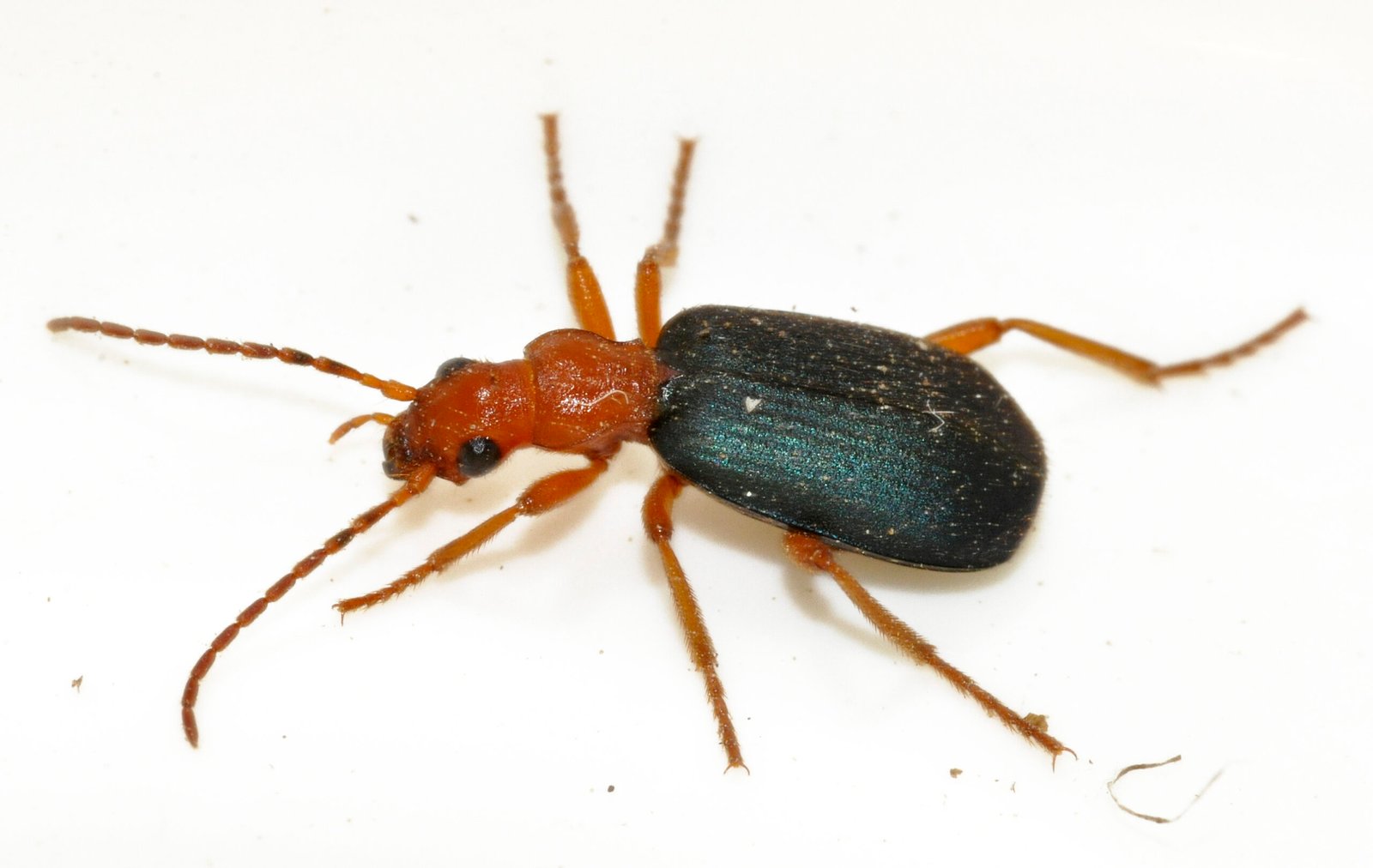
The bombardier beetle’s chemical reaction is a marvel of natural engineering. Unlike most animals that rely on simple toxins or foul smells, this beetle creates a genuine exothermic reaction, meaning it generates heat as well as chemicals. The two reactants are kept apart until absolutely necessary, ensuring the beetle doesn’t harm itself. The reaction chamber is lined with protective tissue, and a muscular valve controls the timing and force of the explosion. This system has inspired scientists and engineers, who study the beetle’s mechanism for insights into safe storage and rapid mixing of volatile chemicals.
Predators Meet Their Match: Real-World Encounters

Predators who take on the bombardier beetle often regret their decision. Birds have been seen dropping the beetle mid-flight, and spiders sometimes release them from their webs after a single blast. Some frogs have even been observed spitting out beetles, shaking their heads in confusion. These real-world encounters show just how effective the beetle’s defense can be. The beetle’s reputation is so fierce that in some areas, predators seem to recognize and avoid them altogether, demonstrating the powerful ripple effect of evolutionary innovation.
Variations Across Species: Not All Bombardiers Are Alike
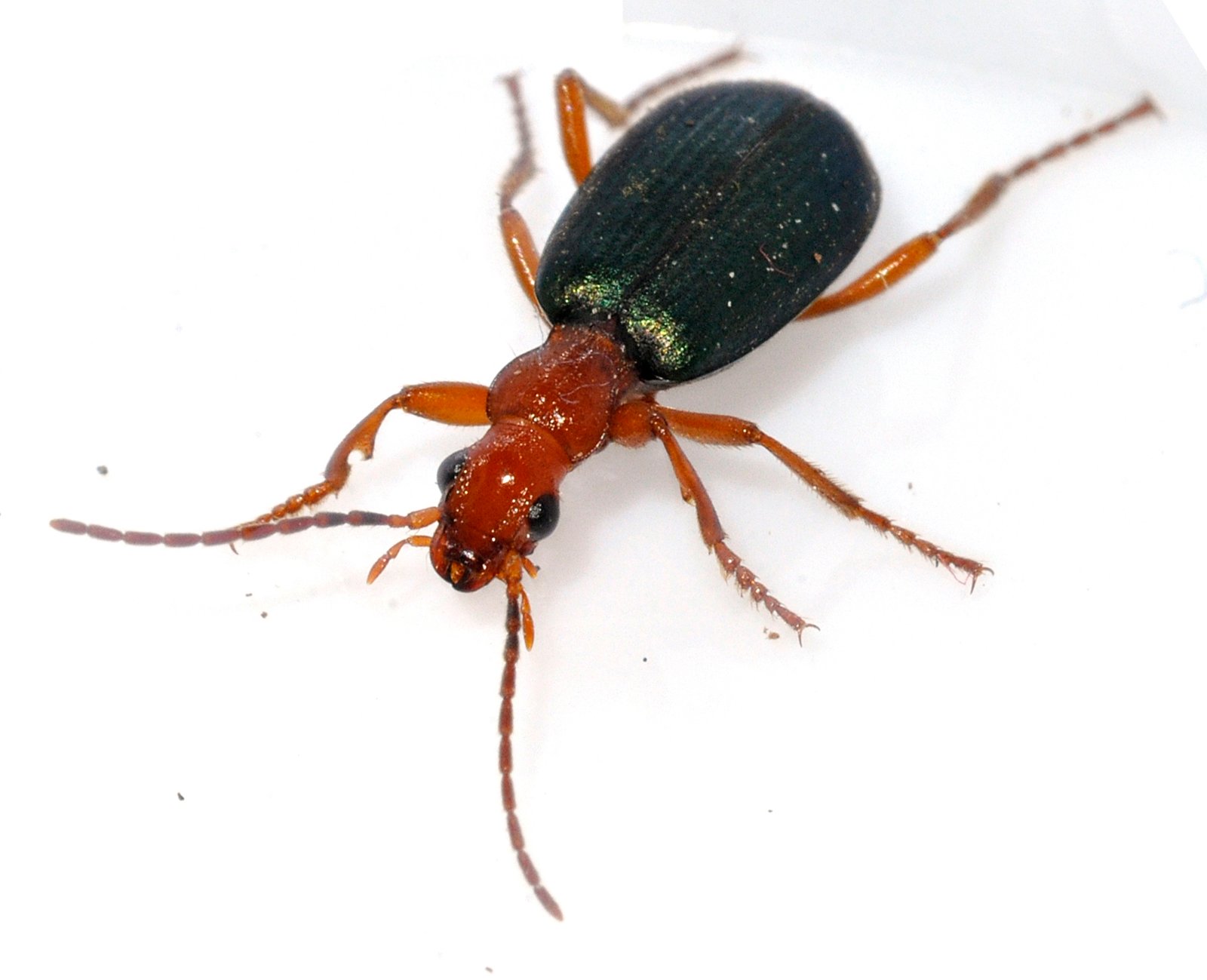
There are over 500 species of bombardier beetles, each with its own slight twist on the explosive defense. Some species produce different chemical cocktails, resulting in varied colors and intensities of the spray. Others can shoot farther or deliver more rapid bursts. This diversity shows how evolution has fine-tuned the beetle’s weapon for different habitats and enemies. Whether living in forests, grasslands, or even deserts, bombardier beetles adapt their defenses to stay one step ahead of local predators.
Inspiration for Human Technology
The bombardier beetle’s defense has inspired more than just awe—it’s sparked innovation. Engineers have studied the beetle’s rapid-fire chemical reaction to design safer fuel injectors and miniature spray mechanisms. The ability to control explosive reactions in such a small space has direct applications in technology, from medicine to aerospace engineering. By mimicking the beetle’s precision and safety features, humans hope to create new inventions that are both powerful and reliable.
Misconceptions and Myths: Separating Fact from Fiction

Despite its fame, the bombardier beetle is often misunderstood. Some think its “fart” is just a stinky cloud, but in reality, it’s a boiling, toxic chemical spray. Others believe the beetle can explode entirely, but it’s only the spray that bursts forth—not the beetle itself. These misconceptions highlight the importance of looking closely at nature’s wonders. The truth is often stranger—and far more fascinating—than fiction.
The Beetle’s Place in Ecosystems
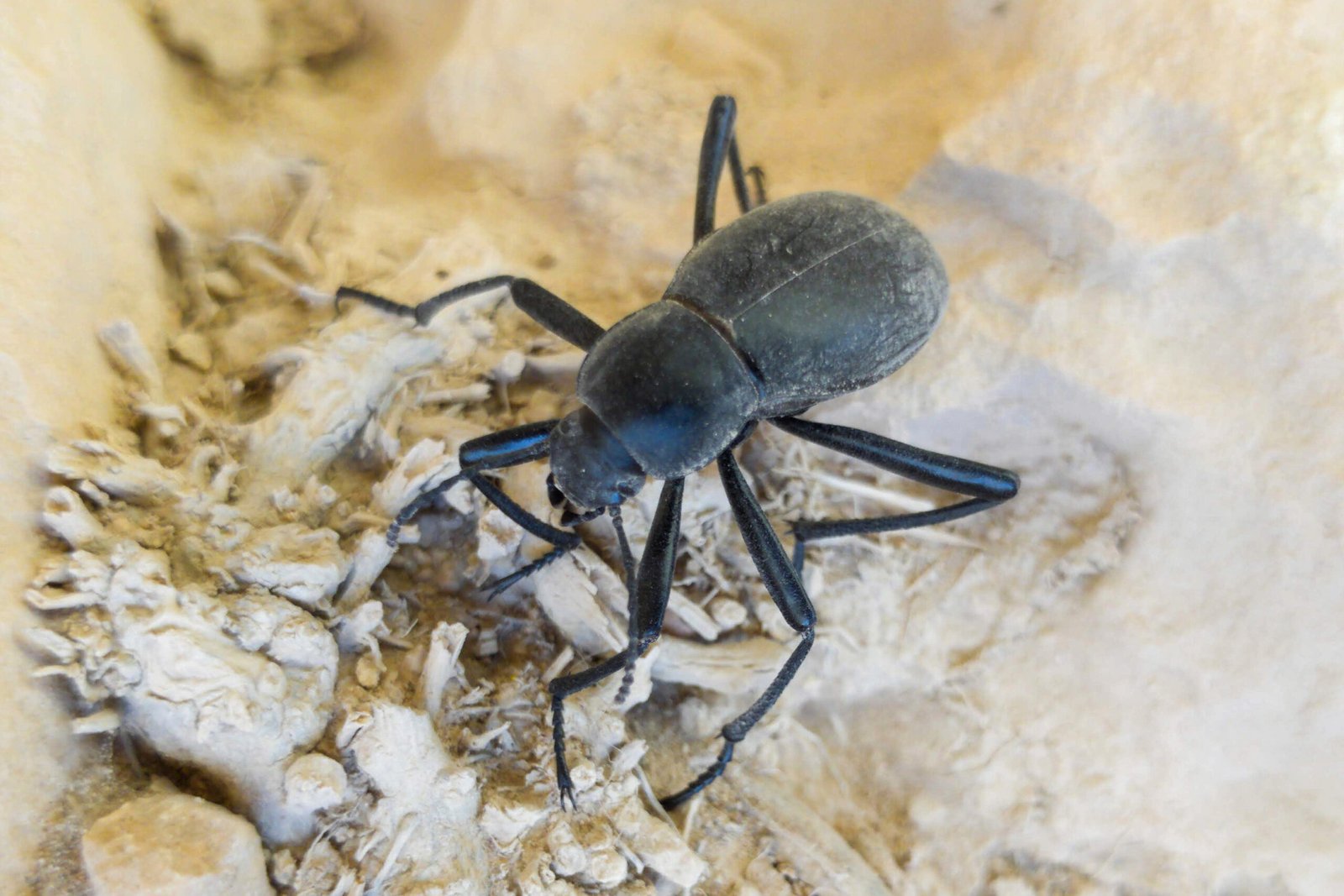
The bombardier beetle isn’t just a fascinating oddity; it plays a vital role in its ecosystem. By controlling populations of other insects and deterring predators, it helps maintain balance in the food web. Its presence signals a healthy, functioning environment. The beetle’s dramatic defense is a reminder of how every creature, no matter how small or strange, has a part to play in the grand tapestry of life.
What Can We Learn from the Bombardier Beetle?
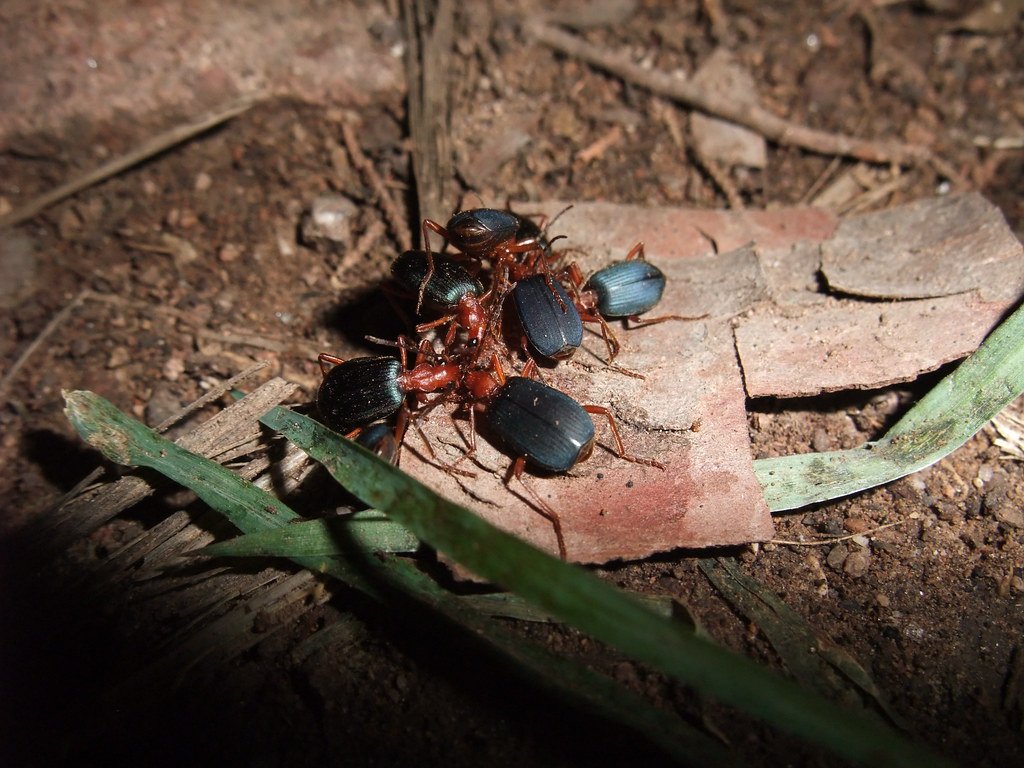
The bombardier beetle’s explosive defense is more than a quirky trick—it’s a lesson in resilience, adaptation, and the power of innovation. By transforming simple chemistry into a lifesaving tool, this tiny beetle shows that even the smallest creatures can wield astonishing power. Its story encourages us to look closer at the natural world, to find inspiration in the unexpected, and to marvel at the endless creativity of life on Earth.




